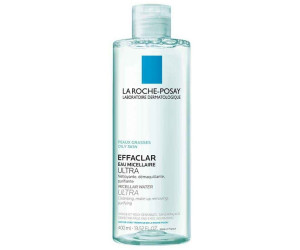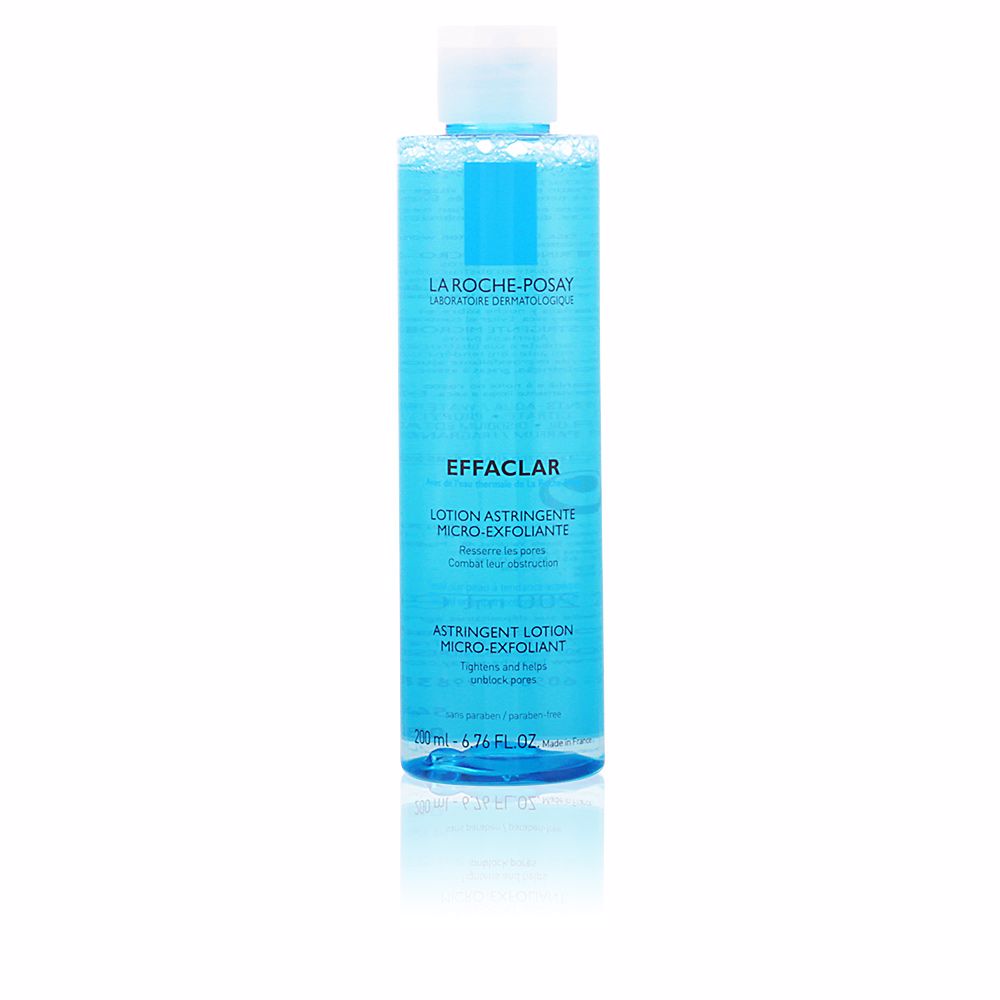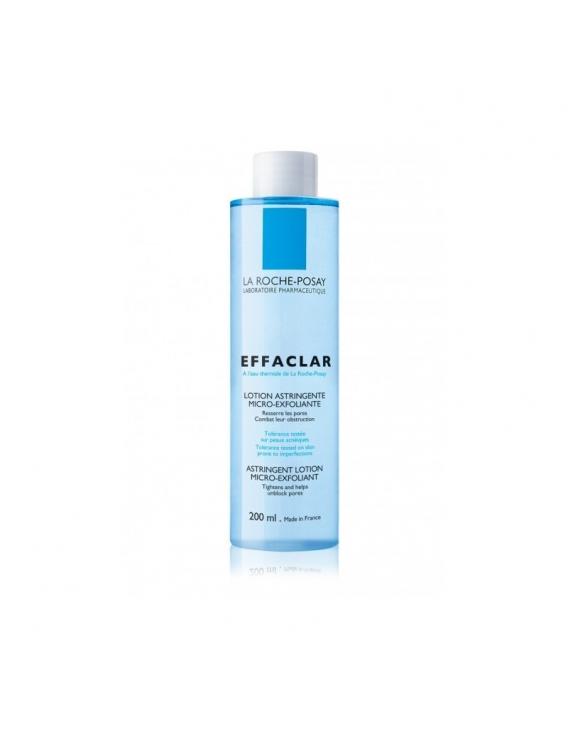
La Roche Posay Loción limpiadora Effaclair para piel grasa (400 ml) desde 7,79 € | Compara precios en idealo

Studio Aitana HN - Tónico Effaclar Clarifying Solution de La Roche-Posay Precio: 600.00 Este tónico contiene ácido salicílico que te ayudará a realizar una exfoliación minimizando el acné, la apariencia de poros

LA ROCHE POSAY EFFACLAR LOZIONE ASTRINGENTE 200 ML TONICO PER PELLE GRASSA A TENDENZA ACNEICA. RIDUCE LA VISIBILITÀ DEI PORI CON AZIONE PURIFICANTE. EFFETTO LENITIVO E ANTIOSSIDANTE. | FARMACIA RUSSO SNC

Piel grasa o con tendencia acnéica? Conoce Effaclar loción astringente de La Roche-Posay | Piel grasa, Loción, Astringente

La Roche-Posay - El NUEVO Effaclar Gel Micro-Exfoliante tiene una eficacia comprobada en imperfecciones severas 👨⚕️ Resultados rápidos y con tecnología anti-reaparición y anti-marcas provocadas por el acné 💚 ¡No busques más!



















